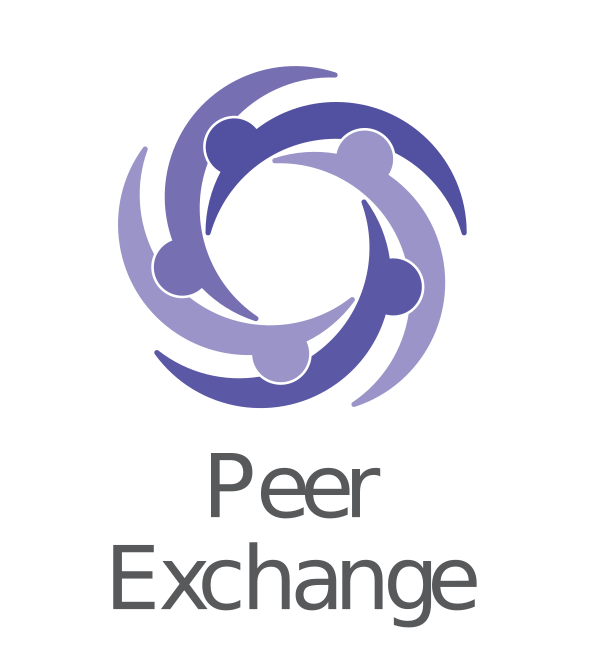
- This event has passed.
How to Be an Effective Communicator in Difficult Times: Using Data and Messaging to Tell an Impact Story (Part 2)

In this session, Lorelle Atkinson of The Aspen Institute described the Institute as an organization that ignites human potential to build understanding and create new possibilities for a better world by driving change through dialogue, leadership, and action. She explained how Aspen is leaning into values-driven, nonpartisan messaging and emphasized the importance of being a “values amplifier,” focusing on content that promotes trust, empathy, and a sense of civic responsibility. Atkinson explained the best use of various platforms such as TikTok, LinkedIn, and podcasts to reach both broad and niche audiences. She also discussed the challenge of separating fact from fiction and the importance of building trust and empathy, citing the Edelman Survey, which shows that 84% of people say that the nature of the political debate has become less respectful and 78% feel that it is less fact based. After Atkinson’s presentation, Marjorie Sims of Ascend at the Aspen Institute moderated a conversation engaging United Way leaders in a discussion responding to Atkinson’s presentation.
Michael Wilkos from United Way of Central Ohio shared how they are using deep, data-driven community education to address rising housing instability and poverty. Focused on six school districts with the highest needs, the organization prioritizes helping partners understand local demographic and housing trends before discussing programs. While conversations may differ between boards, donors, policymakers, and the nonprofits, Wilkos says the narrative is always the same, first you need to understand the community. “If we come out and explain that this is the community we now share, this is how it is changing, and these are the needs of the families we care about,” a richer stakeholder conversation is possible.
Nalisha Henry of United Way of Greenville County, South Carolina, described Greenville’s rapid growth and increasing inequality, emphasizing United Way’s role in reshaping local narratives around poverty. The organization uses Asset Limited, Income Constrained, Employed (ALICE) data to show that financial hardship is widespread and systemic, not individual. ALICE is a United Way initiative focused on families earning just above the Federal Poverty Level but less than what it costs to make ends meet. Through public education and national thought leaders, United Way of Greenville advocates for inclusive growth and shared prosperity across the community.
Rooted in values of equity, inclusion, and justice, United Way of South Central Michigan’s (UWSCM) communications and messaging is focused on reducing economic and racial inequities through values-led leadership and community engagement. Chris Sargent of UWSCM emphasized, “We lead with our values in everything that we do. And I think right now, especially in the environments in which we’re operating in, that’s critically important to our stakeholders. This is a moment by which our values have to define us.” In Michigan, 4 in 10 households are ALICE families and in some areas that rate can be as high as 70%. This data coupled with the commitment to equity is driving UWSCM’s focus on eliminating economic and racial disparities. By leading with values, United Way is shaping community conversations that bring people to the table to learn, grow, and understand together.
Larry Warner shared how United Way of Rhode Island blends data and storytelling to build trust and drive impact across the state. By tailoring messaging formats — from reports to community convenings — they show how issues like housing and education affect all residents. Warner emphasized using both quantitative and qualitative data to communicate urgency, opportunity, and relevance, ensuring messaging resonates with diverse audiences and supports statewide systems change.
Todd Battiste of United Way of Southeast Louisiana described the city of New Orleans as “a tapestry of strength, filled with families and educators in neighborhoods with a rich history, culture and resilience.” He offered the messaging challenge as one that must hold the tension of honoring the urgency while uplifting the assets. Battiste discussed storytelling as a strategy to shape perception and open the door for policy, funding, and collective action. This local United Way uses a ] “collective care framework” to drive a movement for early literacy rooted in equity, community, and hope. Their messaging blends hard data with lived experience, designed to inspire action. Battiste advised tailoring messages for specific audiences — for example, focus on return on investment for funders and policymakers, create tools that are practical and affirming, because if you only tell a story of what’s broken, you miss the opportunity to elevate what’s possible.
To offer the national perspective, Ayeola Fortune of United Way Worldwide emphasized that United Way’s global network is united by a mission to mobilize community power for the common good, guided by values of equity, inclusion, and shared prosperity. She stressed the importance of using both data and storytelling to inspire belief in systemic change — grounding community impact in local knowledge, lived experience, and shared goals. Fortune urged leaders to craft messages that convey both urgency and aspiration, showing that equity benefits everyone and makes thriving communities possible. According to Fortune, “We have to be equal to the challenges that we are facing in creating those clear, consistent, and compelling messages — messages that are cognizant of the culture but go beyond that to paint a positive vision of a future.”
Panelists echoed the importance of clear, authentic, and timely communication that builds trust, reflects community voices, and inspires action. Messaging should be grounded in data, highlight real human experiences, and create space for inclusive narratives. Ultimately, effective communication moves people — toward understanding, unity, and meaningful change.
If you were able to attend the session, we would love to hear your feedback! We appreciate your help in filling out the following form as we seek to learn and understand the perspectives, ideas, critiques and recommendations that better inform our key audiences.
Panel










